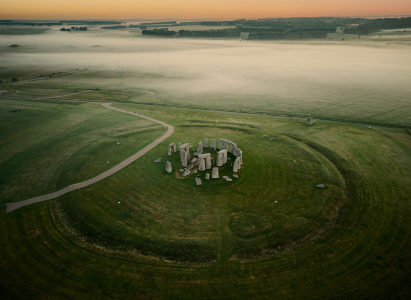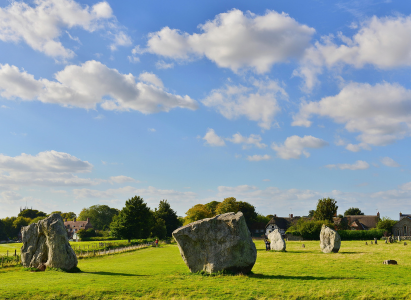What Is A Standing Stone?
Standing stones are large vertical stones or boulders that have either occurred naturally over time, such as an erratic, or have been man-made, like a monolith or menhir. The significance of man-made standing stones is largely debated as they date all the way back to the stone age, though it's widely believed that they were placed in order to memorialize a notable event/celebration or to signify religious beliefs. Natural stones on the other hand are placed by nature itself, for instance erratics were transported across the lands long ago carried by glacial ice, whereas rocking stones form as a result of extreme weather conditions and erosion over time. Regardless how how natural stones occur, some of them are so bizarre that they actually look man-made.
Types Of Naturally Occurring Standing Stones
Inland Stack
Inland stacks are tall columns of rock, typically formed by quarrying or subsidence over time. A popular example of an inland stack would be the Devil's Chimney in Gloucestershire.
Tor
A Tor is an outcrop commonly consisting of either granite or sandstone which has weathered over time to resemble a large pile of stones. You'll see plenty of tors around national parks such as Dartmoor.
Erratic
Erratic stones are large stones which were transported miles from their original source by the glaciers during the ice age. Sarsens (a form of boulder) were also rumoured to have been transported in the same way, or carried by major flooding.
Rocking Stone / Logan
Rocking Stones (also known as Logans) were also thought to have occurred during the ice age, however lots of the common rocking stones seen across the UK are likely as a result of extreme weather or weathering over time. Rocking stones are aptly named, they're described as huge boulders which are balanced enough to be able to rock when pressure is applied.


